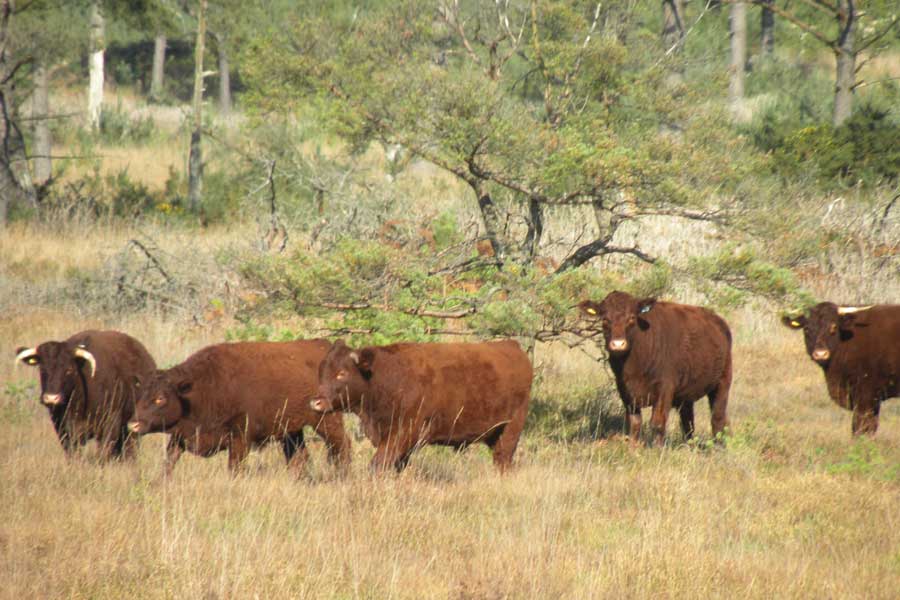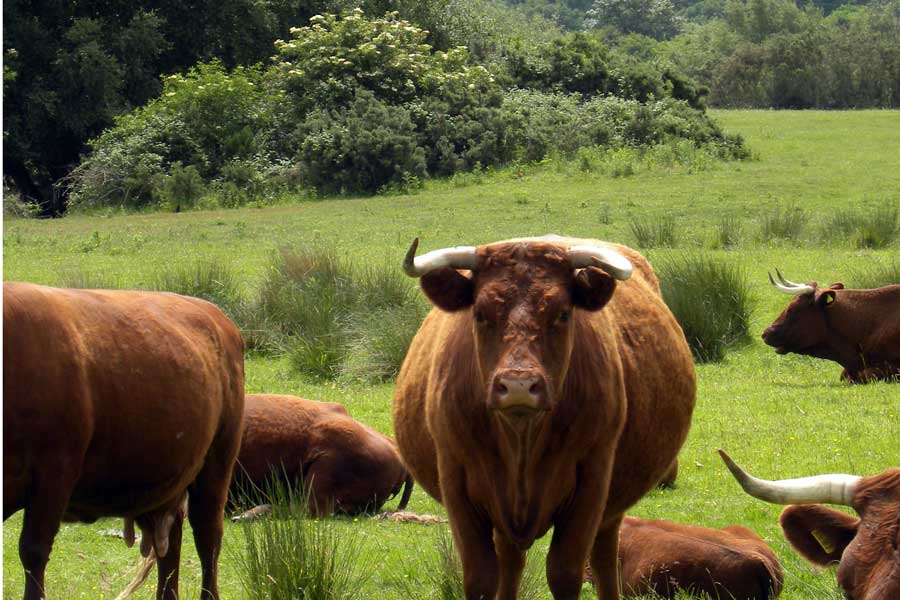Our sites
We currently help to manage the following places:
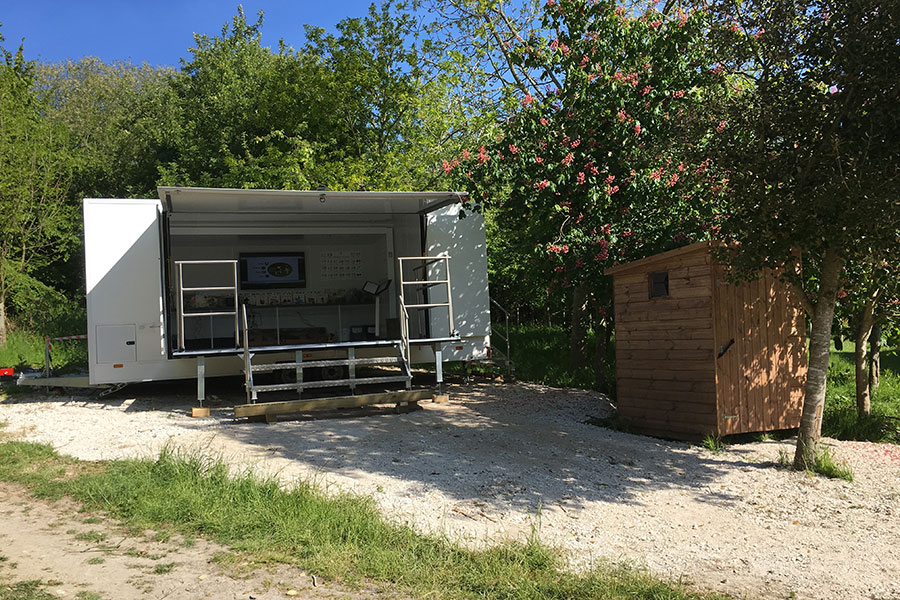
TINCLETON
Our home smallholding, in Tincleton, is a base for our educational programme. From here we also sell our free range meat direct to our customers, operate a small private hire campsite and is home to Jake’s father’s pick your own Christmas tree enterprise and Chrissy’s ‘pop up’ Christmas shop selling decorations and presents.
On this site we grow a wide range of vegetables and fruit outdoors and in poly tunnels. Our orchard includes a range of apple, pear and plum varieties and is home to our small flock of breeding chickens which are kept to produce eggs. This home grown produce is grown for our own consumption but provides a fantastic resource for visiting schools.
We have two small ancient woodlands (mainly hazel coppices with oak and ash standards) and a 2 acre diverse broadleaf woodland which was planted in 1993 and is now semi-mature. Under the canopy of the trees our free range pigs forage for food in the summer and autumn months.
Across the lane is Glebe Barn Field where we grow our clover and legume rich silage and our cattle are housed for calving and for some of the winter management tasks in our barns surrounded by wildflowers.
These habitats and range of diversification enterprises provide a wonderful backdrop for our education programme.
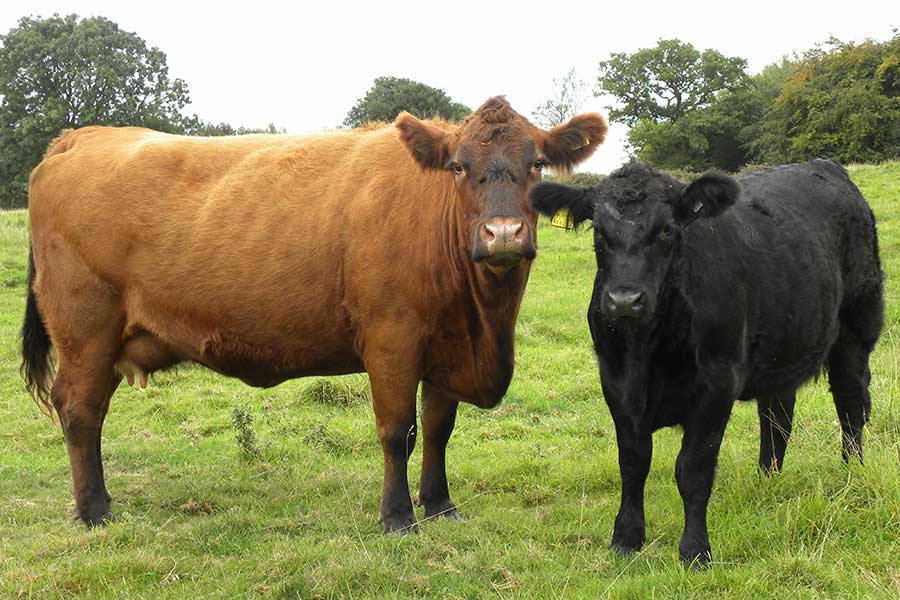
TURNWORTH DOWN
National Trust
Our small Angus suckler herd are one of the highest in the county! They graze the hilltop just above the village of Turnworth, on part of Bulbarrow hill.
Turnworth is a very special place, and if you have not visited before, you should! 130 acres of grazed wood pasture, interspersed with chalk and neutral species rich grassland. It also includes the visible remains of an iron-age farmstead and field system across a large part of the area, much of which is a Scheduled Ancient Monument.
Our breeding herd of cattle are present on the site year round, calving in March and April. The cows are well behaved but will not like dogs near their calves, so if you are walking your dog there please keep your distance from the cows especially in spring and early summer.
At Turnworth you will find a massive variety of grassland plants and fungi which thrive amongst the natural grassland and woodland. The show begins in the spring with primroses, cowslips, anemones and bluebells and peaks in June and July with the orchids and other grassland flowering plants.
Associated with these habitats are many specialist invertebrates and fungi, as well as the birds and bats that depend on them. Roe deer are commonly seen at Turnworth on the woodland edges.

Briantspuddle and Moreton Heath
FORESTRY COMMISSION
Just to the west of Bovington tank training area is a large area of Forestry Commission owned land, which is a mixture of plantation forestry, open heathland, mire and bogs. Our cattle freely graze over the entire 700 acres.
These heathlands are important for a really wide range of rare animals including native reptiles, nightjars and dragonflies. The heathland is a rugged habitat throughout the year, turning purple in the late summer as the heath flowers, but equally beautiful on a frosty or misty winters morning.
Sika deer can been seen throughout the year and listen out for their eary call in the autumn rut (October). This site is also very important for the very rare and striking ladybird spider (Eresus sandaliatis).
This is a great place to go for a walk (even for those less mobile), ride a bike or horse.
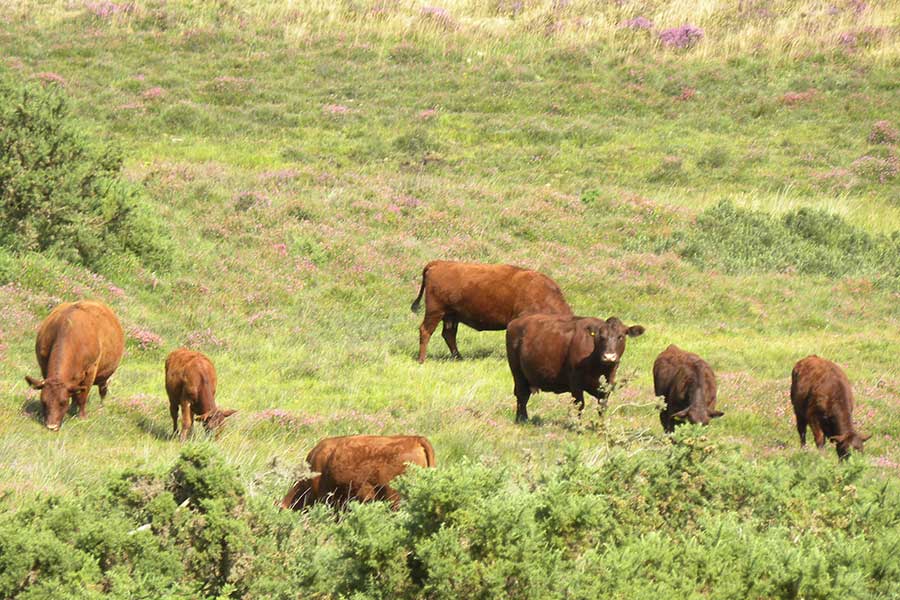
Hartland Moor, Studland and Godlingston National Nature reserves
National Trust and Natural England
The heathland around Poole harbour is one of several reasons why Dorset is one of the most popular destinations for nature lovers.
The National Trust own two large National Nature reserves at each end of the harbour. Hartland Moor is between Corfe castle and Wareham, and is 2000 acres of heathland, acid grassland and woodland as well as wet hay meadows, reedbeds and tidal habitats. There is a similar range of Habitats at Studland and Godlingston Heath National Nature reserve at the east end of the harbour.
We manage the National Trust’s Purbeck herd of up to 200 Ruby Red Devon cattle helping to deliver conservation grazing over a total of about 4000 acres. This is one of the larger and long established conservation grazing projects in the country.

